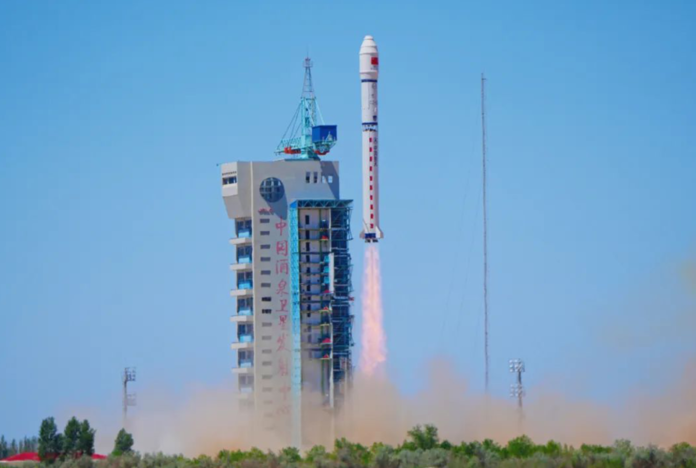China has launched the first 12 satellites of a planned network of 2,800 orbiting supercomputing satellites, Space News reports. The satellites, built by ADA Space, Zhijiang Laboratory and the Neijiang High-Tech Zone, will be able to process the data they collect independently, rather than relying on ground stations to do it for them, ADA Space said in a statement (machine translation).
The satellites are part of ADA Space’s Star Compute program and the first of what the company calls a “three-body computing constellation,” the company writes. Each of the 12 satellites carries an 8-billion-billionth artificial intelligence model and is capable of performing 744 terra operations per second (TOPS) – a measure of their computing system performance – and together, ADA Space claims, they can perform 5 peta operations per second, or POPS. This is slightly more than, say, the 40 TOPS required for a Microsoft Copilot computer. The ultimate goal is to have a network of thousands of satellites, which the Chinese government says will reach 1,000 TOPS.
The satellites communicate with each other at speeds of up to 100 Gbps using lasers and share 30 terabytes of memory, Space News reports. The 12 satellites launched last week carry a scientific payload, including an X-ray polarization detector to record short space phenomena such as gamma-ray bursts. The satellites also have the ability to create 3D digital twin data that can be used for purposes such as emergency response, gaming and tourism, ADA Space said in a statement.
According to the South China Morning Post, the benefits of the space supercomputer go beyond saving communication time. The publication notes that traditional satellite data transmission is slow, and that “less than 10 percent” of satellite data reaches the Earth due to factors such as limited bandwidth and the availability of ground stations. And Jonathan McDowell, a space historian and astronomer at Harvard University, told the publication: “Orbiting data centers can use solar energy and radiate their heat into space, reducing energy needs and carbon footprint.” According to him, both the United States and Europe may implement similar projects in the future, SCMP writes.









